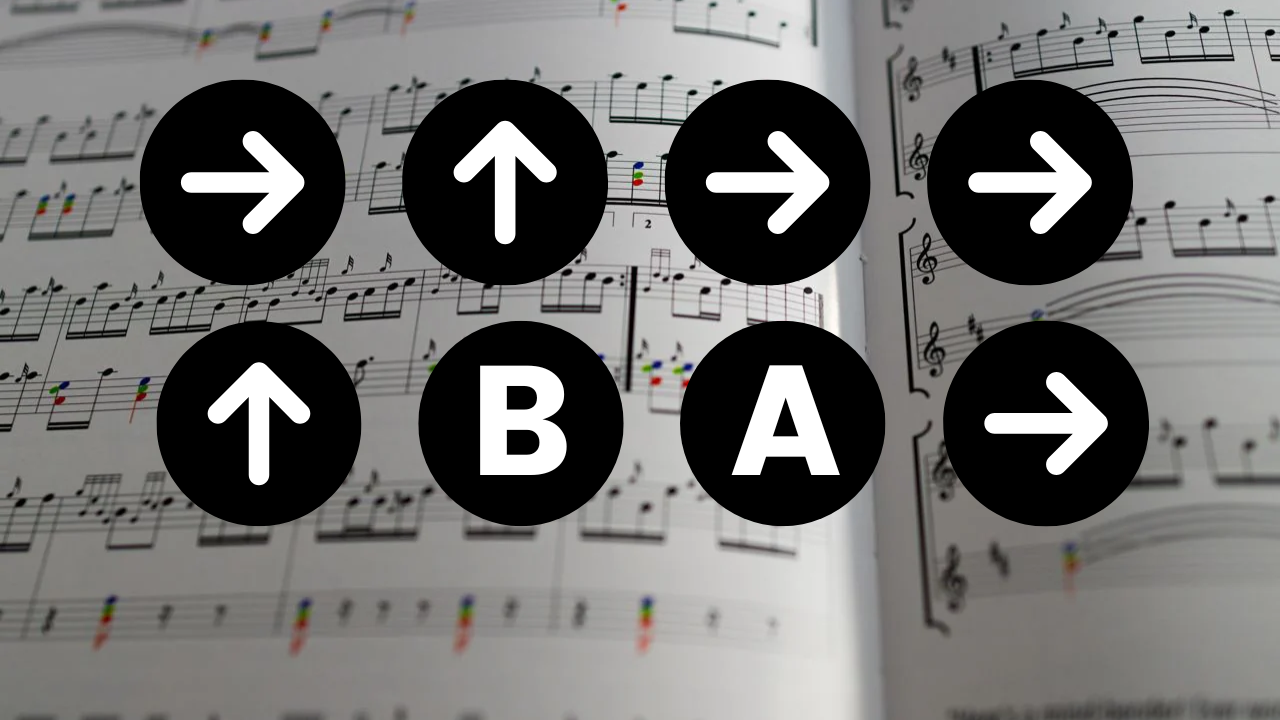How to Get Great Recordings of Yourself
Jan 13, 2025
Do you avoid recording yourself? Get nervous at the idea of people listening to you play?
Although it can be nerve wracking – very few of us like the sound of our own voice or the way we look on camera – recording yourself for analysis is a must if you want to improve your playing. We need to be able to play ourselves back, in high quality, to be able to analyze our playing and study what we did after the fact.
Why is this so important? Because while we’re playing we are (hopefully) 100% focused on the playing itself! True analysis can only happen after the fact.
A recorder is a vital tool for every piper to have and to use. So let's talk about how to make sure you get a great recording of yourself, every time.
The Magic of Stereo Recording
Why settle for a dull recording when you can make it shine? One key secret is using a stereo microphone. Unlike a single mic, a stereo setup captures sound more naturally, closely mimicking how we hear things with two ears.
Place the recorder where you'd ideally sit to enjoy the performance – about 15 to 25 feet away. It's all about finding that sweet spot where the sound is neither drowned by the room acoustics nor overwhelmed by the proximity of the instrument.
Avoiding Tech Overload
Do you need a complicated setup to get professional results? Not necessarily. Often, less is more. While it might be tempting to invest in multiple mics and advanced gear, remember that simplicity can often yield the best results. A single, well-placed stereo mic can deliver a genuine and rich sound. Some will even plug easily into your smartphone now, to make it even easier to save and share your recordings. Check out our up to date recommendations about recording equipment to get a fantastic recording to share.
Manual Gain Control is Key
Do your recordings sound a bit distorted when you use your smartphone with no external microphone? Many modern devices automatically adjust gain, which can be a disaster for capturing the dynamic range (and volume!) of bagpipes. Instead, opt for equipment that allows for manual gain control. This way, you can be in control of the sound levels and produce much higher quality recordings as a result.
Understanding Your Sound
What's the real sound of your bagpipes? When you're in the middle of playing, you're immersed in the sound – drones and chanter all around you. Recording lets you step back and hear your music as others do. This insight can guide adjustments to your instrument setup, ensuring your sound is as impressive in the audience's ears as it is in yours.
Pressure Testing with the "One Take Rule"
How do you simulate performance pressure? The "One Take Rule" can mimic the stress of live performances. Record yourself once, without the option for do-overs. You'll capture the real-time decision-making and response that a live audience would see, and simulate the pressure cooker feeling of nerves when you only have one shot at a performance, which can help reduce how much these performance jitters affect you over time. You'll also get plenty of practice at playing on through mistakes and recovering on the fly, so you don't accidentally stop if you hit an error in a real-life scenario because it's what you're used to!
Check out this podcast episode as we discuss why recording yourself is essential to your improvement as a musician, and some of the tips and tricks to getting a great recorded sound.
Stay connected - subscribe to our free Weekly Digest!
Get bagpipe knowledge delivered to you every Monday! Tips and tricks, podcasts, special offers, and more.
We hate SPAM. We will never sell your information, for any reason.




